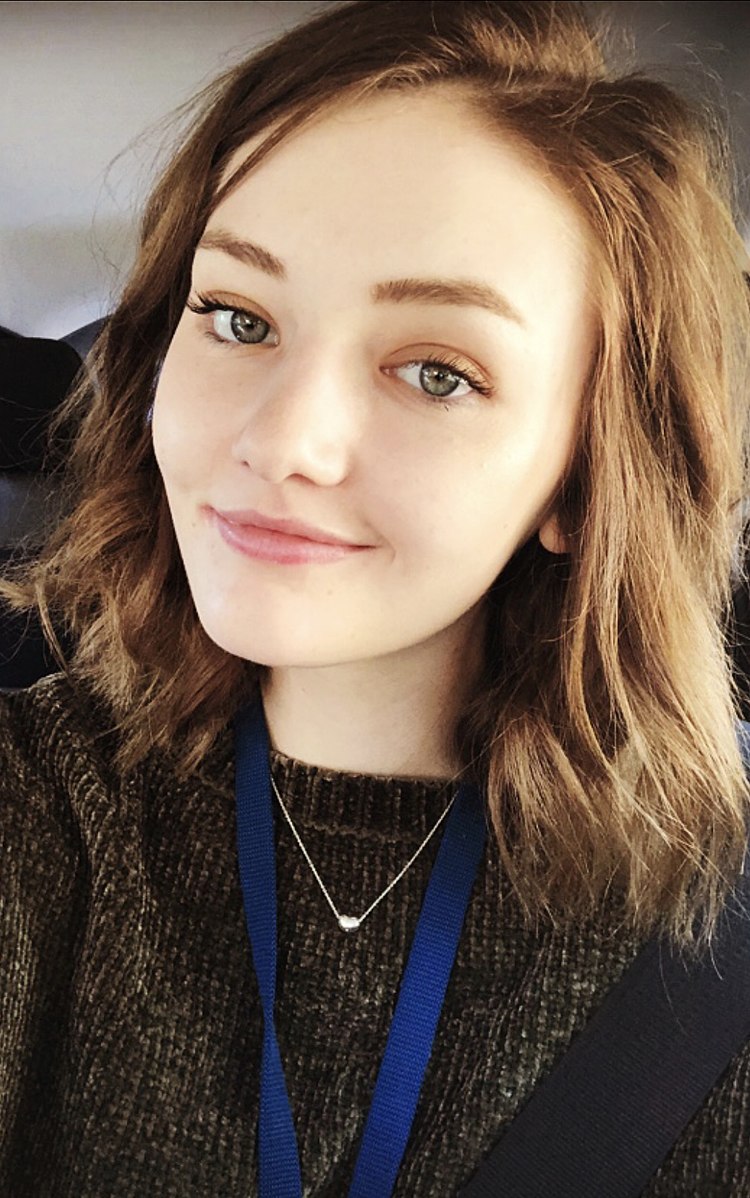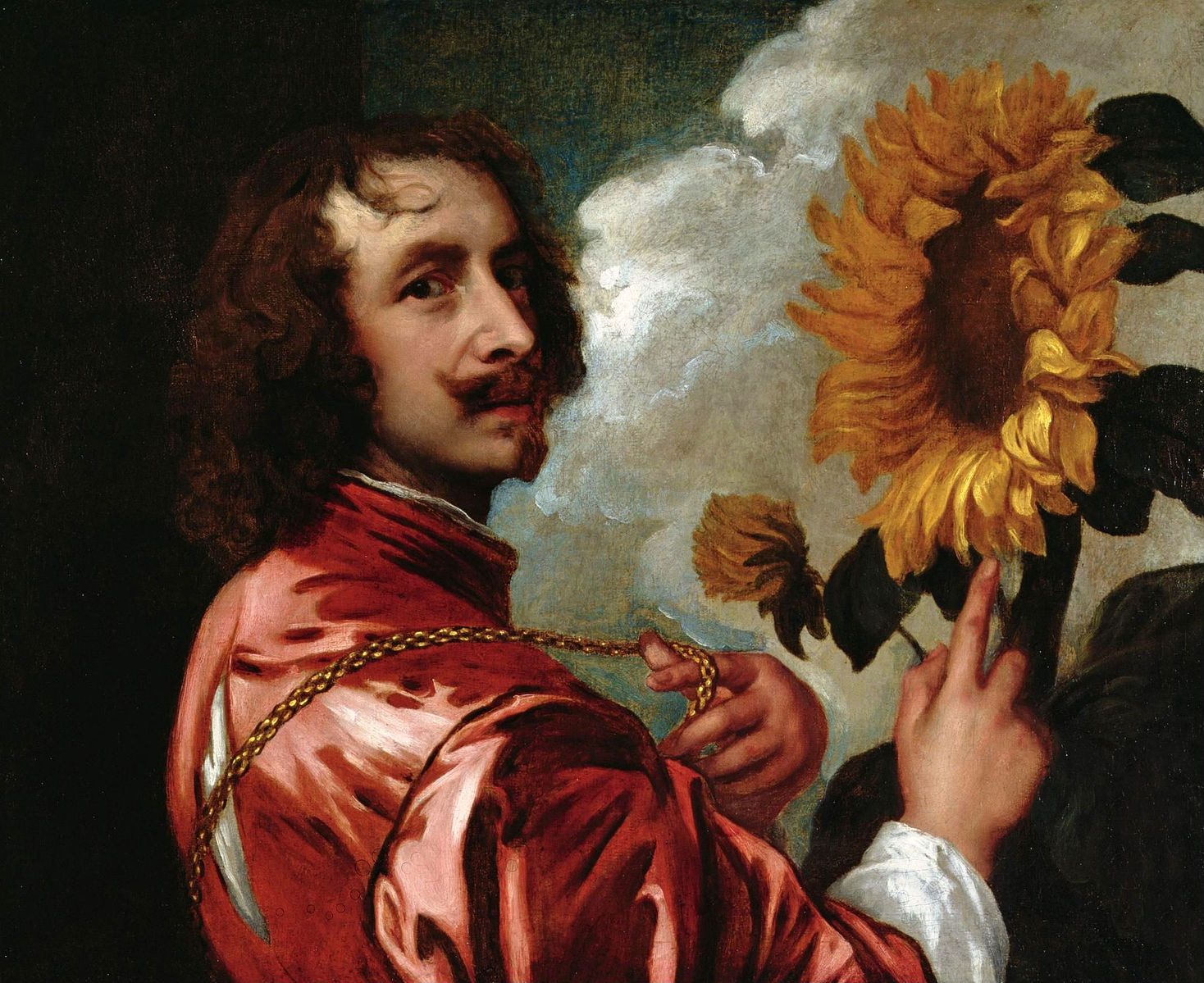Sienna Stevens was a student in Dr. Rachel Miller’s Baroque Art class at California State University Sacramento this spring, where she expanded a Wikipedia article as an assignment. Here, she talks about what the experience means to her.

Photo by SStevens97, CC BY-SA 4.0, via Wikimedia Commons.
Before taking this class, I honestly had no idea that anyone could edit a Wikipedia page. Sure, I knew that Wikipedia’s whole concept was the fact that volunteers around the world could contribute to the cause and content of the website, but I thought that those “volunteers” were people either paid to do it, or people who had degrees in whatever subject their Wikipedia communities were devoted to–people who knew certain subjects inside and out, and had the credentials to prove it. Certainly, I never stopped to think that these Wikipedia editors could potentially be fellow students like myself. Students who, with some guidance, had the power to change a platform that educates millions of internet-users on the daily.
When my professor announced to us on the first day of class that we would be forfeiting the traditional route of writing a research paper, and instead, embarking on a nearly 15-week journey in which we were to edit, improve upon, and/or start a Wikipedia page of our choice, I was certainly nervous…yet intrigued. I thought back to all of the years I have been using Wikipedia: as a kid, I used to spend hours on the website, starting with an article that interested me, such as the basic “Henry VIII of England” and clicking links until I’d somehow find myself on completely different pages that had nothing to do with my original search. I’d venture to say that Wikipedia was a huge part of my internet education and one of the first websites I was introduced to–one I had relied on countless times–and I had taken it for granted all of these years. I had no idea that Wikipedia was a platform for a huge online community of people looking to make the internet a more informative place.
There is a certain stereotype Wikipedia has, seemingly haunting the website throughout the years–we are told from an early age that Wikipedia is not a valid resource, that it can be a catalyst for false information, and that students should avoid it at all costs. I never believed that. Instead, I have used Wikipedia as the base for formulating my general knowledge on certain subjects. Whenever I have come across a topic I am not familiar with, I first go to Wikipedia to read the article and gather the beginnings of my understanding; I acquire the cold, hard facts such as dates, names, locations, etc so that I can begin my descent into knowing what to look for in accredited primary and secondary sources. I’m certain a lot of students operate in the same fashion. In that way, it becomes vitally important that the information on Wikipedia is as fleshed out and accurate as it can possibly be, which is where the Wikipedia community of editors comes in.
As the project was explained, it became clear that the process in which we would be writing our page would be vastly different to what we were used to in a traditional essay or paper format. I will be the first to admit that I am an art history student who is incredibly guilty of saying too much in my sentences and excessively describing myself ad nauseam–as you can probably get a sense from my statement here. On Wikipedia, that kind of flowery language is discouraged, and you are certainly not permitted to give more of an opinion than necessary–the goal of the site is to give facts and only facts–you can offer up different opinions given by various historians/authors, but you are encouraged to do so in a way that does not push a particular belief or conclusion on the reader. It took some time and practice to break sentences apart, reword phrases to be as concise as possible, and overall just be aware that I wasn’t writing a research paper, but rather a stand-alone article that functions as an encyclopedia page. In this way, I believe that utilizing a Wikipedia project is 100 percent beneficial in classroom settings, giving writers who prefer that concise, succinct style a chance to perform and express themselves in an engaging way. Many of my classmates in my Baroque art history class this semester were not art history majors, but rather other majors who took the class to expose themselves to art. Our Wikipedia project was surely a welcoming, inviting introduction to a subject that traditionally is word-heavy.
The research aspect of the project was very educational, and encompassed work outside of the classroom. Several times, our class met in a library room with our professor and the Fine and Performing Arts librarian to discuss research strategy, familiarize ourselves with Sac State’s wonderful library, and learn about different sources available to us at the university. We participated in different activities that had us on our feet, going to the book shelves, and retrieving books after finding them on the library website. Also covered were how to access online databases, ArtStor, and more. We were also made aware of the fact that we have a great inter-library loan programme–I utilized that service several times during my research. As a transfer student beginning my first year at a 4-year university this semester, I appreciated this opportunity to be exposed to and to actually utilize resources available to students; the overarching message of these exercises in the library were that we always have a place to begin and conduct our research, no matter what subject or class it may be in.

Image in the public domain, via Wikimedia Commons.
I chose my article, Anthony van Dyck’s “Self Portrait with a Sunflower”, originally because I admired the portrait aesthetically, as well as the fact that I have a soft-spot for self-portraits in general. What I knew of Van Dyck before this project was that he was Flemish, and that he was somewhat associated with Peter Paul Rubens, an artist I had covered extensively in an art history course before. My chosen article had a whopping total of three sentences to begin with before I began my expansion–one sentence being a very generalized statement on the fact that the painting holds several meanings (whatever that means). That lack of information did not sit well with me, and I immediately felt compelled to deep-dive into research in order to encapsulate the various questions this portrait proposes, and the answers analysis provides. I had no idea that this portrait in particular had such a history of confounding art historians on the symbolism of the objects Van Dyck holds in the portrait–that being a gold chain, as well as the sunflower. Van Dyck’s life in the court of King Charles I of England was also an unexpected surprise to read about–the fact that Van Dyck was able to rise to an incredible amount of fame in such a short time painting portraits of the royals in the early 17th century, only to have that taken from him with the dramatic execution of the English king certainly fueled my desire to understand the whole scope of this tumultuous time in European history. The portrait captured a Van Dyck in his prime, sporting his pride in himself, his abilities, and his status as court painter. Going off of that, in my research, a reoccuring point associated with Van Dyck’s numerous self portraits was the power of the “Van Dyck” facial hair, and how his portrayal of himself sporting a particular manicured beard and mustache (as seen in Self Portrait with a Sunflower) had the power to influence English portraiture for centuries. Quickly, I began to understand that sometimes, art is so much more than just an aesthetic work on canvas, but has the ability to tell more of a complete history than what is superficially on the surface.
One of the biggest fears I had when I first posted my revisions of my article to Wikipedia’s “mainspace” was the fact that now, my writing was technically “published”. Usually, when you write a research paper, the only two people to ever read it happen to be yourself (the author), and your professor; on Wikipedia, anyone has the potential to stumble upon that article and read what you wrote–this is definitely intimidating when you think about it! On top of that, Wikipedians can comment and critique your words within the Talk Page feature, changing your formatting and suggesting revisions. Within a few hours of posting my article, a user had come on to my page and revised a typo, suggested an edit, and fixed some formatting issues. My heart dropped at first when I saw those slight changes, but I soon grew to be grateful of those users because they were taking the time, just as I had, to be actively working on the website to make it better and more user-friendly. Because the work is public, you are held accountable for your information, and might have to answer questions submitted by community members. It’s a hard curve to get over the anxiety of knowing your writing is subject to way more overt critique than it otherwise would be if it were just a research paper, but the reward of knowing you can benefit others outweighs that emotion.
I cannot stress enough how much I learned from this project. I truly believe it gave me a chance to push myself, my writing, and my research skills. I gained a deep satisfaction in the work that I and my fellow classmates did over the semester. We were all given a unique chance to step outside the box and embark on an academic adventure together. I hold a deep appreciation for the Wikipedia articles I have read in the past and will continue to read, because I know now how much goes into creating a great, well rounded work. I am grateful for my professor, who devoted an enormous amount of time breaking down the basics of Wikipedia, troubleshooting technical issues as they arose, and helping us express our research clearly and concisely. I am proud to represent my class today, and encourage others to consider adopting a Wikipedia project in class environments in the future.
